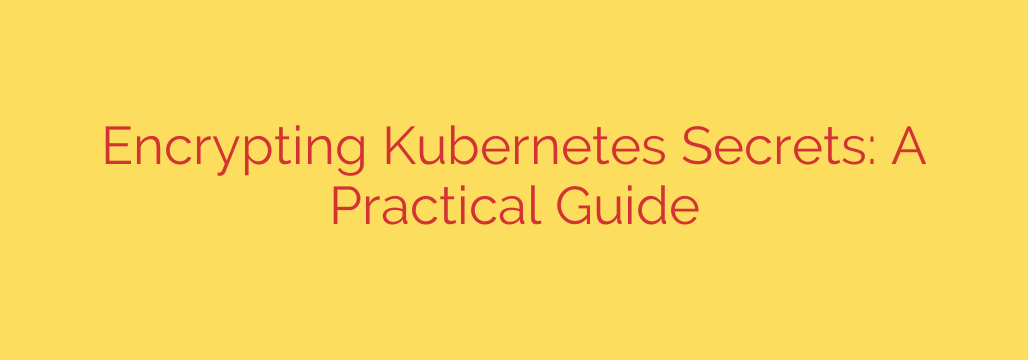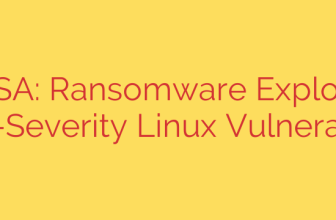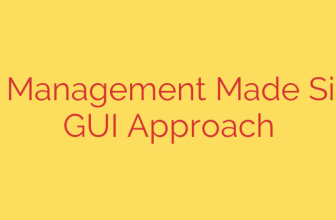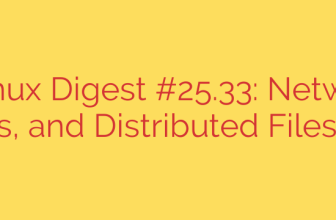
Ensuring the security of sensitive information within your Kubernetes cluster is paramount. While Kubernetes Secrets are designed to hold confidential data like passwords, tokens, and keys, by default, they are merely base64 encoded, not truly encrypted at rest in the underlying storage, etcd. This means anyone with access to etcd could potentially read your sensitive data. Implementing encryption at rest for Secrets is a critical step in hardening your cluster’s security posture and meeting compliance requirements.
Fortunately, Kubernetes provides built-in capabilities to encrypt data stored in etcd, including Secrets. This is managed through an EncryptionConfiguration resource, allowing you to define how different API resources, specifically Secrets, should be encrypted before being written to etcd and decrypted when read.
Several encryption providers are available. The identity provider is the default, meaning no encryption is applied. The secretbox provider offers authenticated encryption using a symmetric key stored directly in the configuration file. For more robust security and key management, the aescbc provider uses AES-CBC encryption, and the kms provider integrates with a Key Management Service (KMS) plugin, allowing you to leverage external KMS systems like Google Cloud KMS, AWS KMS, or Azure Key Vault for managing encryption keys. Using a KMS provider is often the most secure approach as it keeps the encryption keys separate from the Kubernetes control plane nodes.
Configuring this encryption involves creating an EncryptionConfiguration file, which specifies the resources to encrypt and the providers to use, typically with a prioritized list of providers. The first provider in the list that can encrypt or decrypt the data will be used. A common strategy is to list the newest key/provider first for writing new data, followed by older keys/providers for decrypting existing data during rotation.
Implementing this change requires careful planning and execution. You need to update the kube-apiserver configuration to point to your EncryptionConfiguration file and then restart the kube-apiserver pods. After applying the configuration, you must initiate a data rewrite process. This involves reading all existing Secrets from etcd using the kube-apiserver (which will decrypt them using the old method, if any, or the identity provider) and then writing them back to etcd. When they are written back, the kube-apiserver will use the newly configured, highest-priority encryption provider to encrypt them. This ensures all Secrets are encrypted with the desired method.
Performing this data rewrite can be done by iteratively patching each Secret without changing its content, or by using specialized tools or scripts. Monitoring the process is vital to ensure all data is successfully rewritten and encrypted. Implementing this protection layer significantly enhances the confidentiality of your sensitive data stored within Kubernetes, mitigating the risk associated with direct access to the underlying storage. It’s a fundamental step towards achieving a more secure and compliant Kubernetes environment.
Source: https://centlinux.com/kubernetes-secrets-encryption-a-practical-guide/








